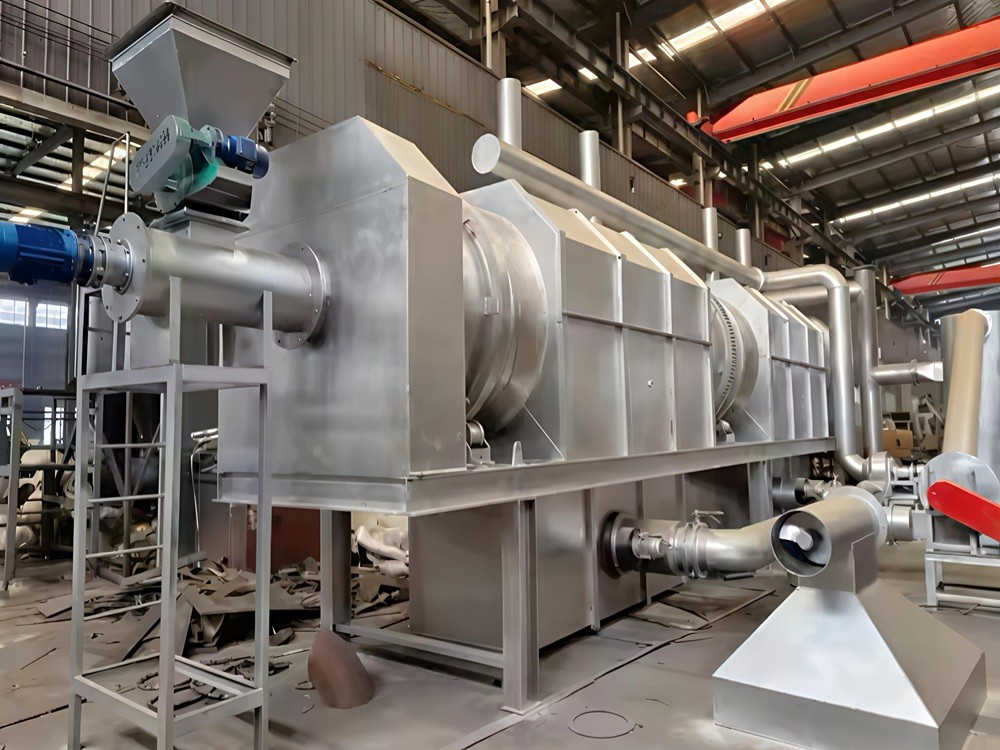The Remarkable Recycling Journey of Aluminum Cans
Jun 05, 2024
Since their invention in 1959, aluminum cans have revolutionized packaging with their strength, affordability, lightweight design, and aesthetic appeal. Today, they are ubiquitous across industries—from beverages to cosmetics. But what truly sets them apart is their extraordinary recyclability. Recycling aluminum cans isn’t just eco-friendly; it’s a powerhouse of efficiency. For example, recycling one ton of aluminum saves 14,700 kg of CO₂ emissions and uses only 4.86% of the energy required to produce new aluminum. Let’s break down how this process works and why it matters.
Step-by-Step Recycling Process
1.Crushing:Used cans are first crushed to break down their original shape. This step prepares them for paint removal and increases surface area for efficient melting.
2.Paint Removal:
Crushed cans enter a de-painting kiln, where high temperatures (or chemical agents) strip away paint, glue, and coatings. This prevents toxic fumes during melting and ensures pure aluminum output.
3.Compacting:
Thin, crushed cans are compressed into dense bales. This reduces surface area, minimizing oxidation and metal loss during melting. A single bale can weigh over 500 kg.
4.Smelting:
Bales are melted in furnaces at 700–750°C, transforming into molten aluminum. Impurities are skimmed off, and alloys (e.g., magnesium or copper) may be added to meet product specifications.
5 Key Uses for Recycled Aluminum Cans
1.Aluminum Ingots:
Smelted aluminum is cast into ingots, resembling "cooked aluminum." These serve as raw material for new cans or other products, reducing reliance on mined bauxite.
2.Alloy Production:
Recycled aluminum is blended into alloys like 5052 (can lids) or 5182 (pull tabs). Its high magnesium content makes it ideal for strong, corrosion-resistant alloys.
3.Mixed Aluminum Ingots:
Lower-grade scrap aluminum is combined with recycled cans to produce hybrid ingots for non-critical components like automotive parts.
4.Steel Deoxidizers:
Aluminum powder from cans removes oxygen during steel production, improving metal purity and reducing defects in final products.
5.Low-Grade Aluminum Powder:
Decoated cans are processed into powder for fireworks, paints, or construction materials.
Conclusion: Small Can, Big Impact
Aluminum cans are the superheroes of recycling—infinitely reusable without quality loss. By tossing cans into the recycling bin, we power a cycle where waste becomes resources, emissions plummet, and packaging stays sustainable.
Read More




